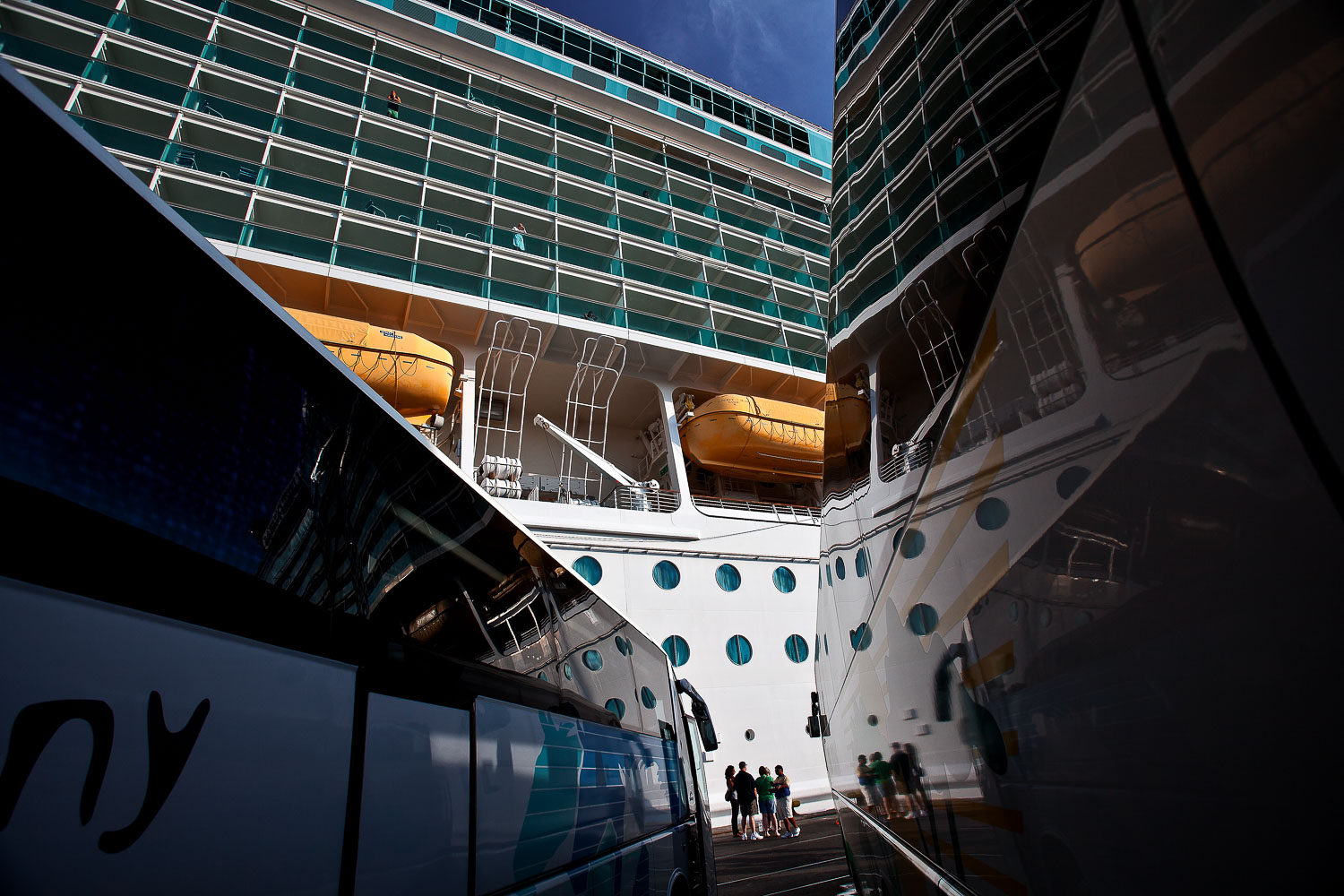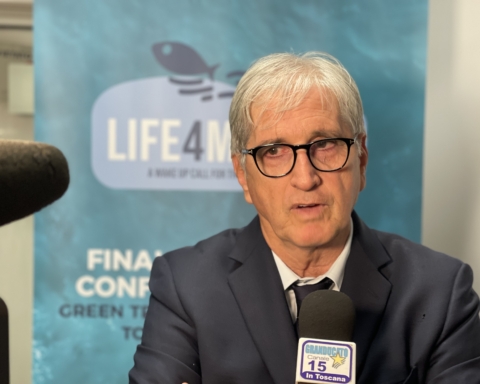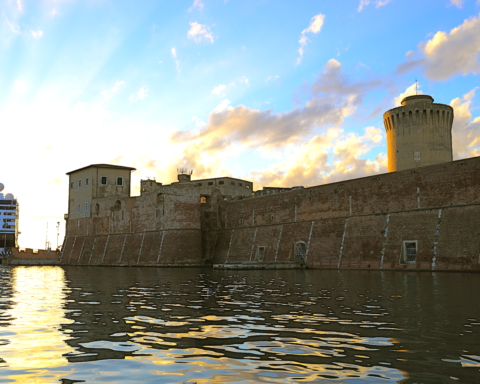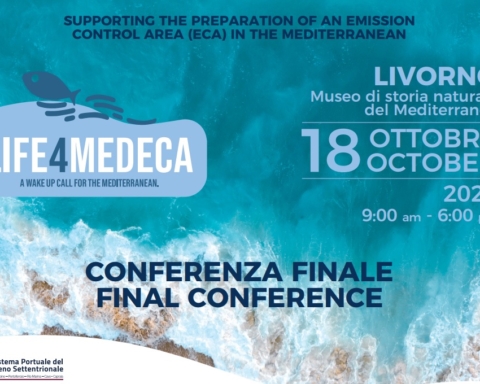At the moment the news coverage of the COVID-19 emergency is about misadventures of passenger vessels more or less all over the world, with particular emphasis on Costa Cruises ships flying the Italian flag that find it very difficult to enter our country’s ports.
The latest case is the Costa Mediterranea which, after departing from Port Louis (Mauritius) for Venice, off the south of Sicily waiting to find a port – perhaps Naples – prepared to take her.
Some mayors from municipalities with a port chosen as a possible port of call for passenger ships during this period are strongly opposed to the arrival of such vessels, given the current overburdening of local health care systems. Other mayors have opted to allow vessels to enter the port but with the assurance from the Ministry for Infrastructure and Transport that surplus passengers and crew will be safely transported elsewhere.
Finally, the President of Campania Regional Administration, Vincenzo De Luca – an experienced politician used to navigating in waters that are not always calm, a proud, powerful, ironic, provocative man with many other virtues – who firmly opposes the arrival of the Costa Mediterranea in Naples, offering rather weak reasons for his refusal.
The various crises currently involving ports have highlighted the absence of Port Network Authorities in terms of communication, probably, also in the decision-making chain, with local authorities immediately or consequently jumping in to fill the gap.
During an interesting workshop organized on June 6th 2018 by SIPoTra (Italian Transport Policy Society) focusing on the ‘What regulation for Italian ports’ theme, Prof. Pietro Spirito, President of the Central Tyrrhenian Port Network Authority, described, with evident annoyance, the continuous interference by regulators of a most disparate nature in the Authority’s institutional activities. He coined – as an unaware prophet – a new definition of the Authority as ‘Port Network Obedience’, being subject to so many interferences from the other regulators, despite being defined as an autonomous institution by Law n. 84 of 28th January 1994.
The transformation of ‘Port Network Authority’ into ‘Port Network Obedience’, and the consequent decisional and coordination gap, is all the more evident if we consider the composition of the Authority’s Management Committee, which includes representatives from Maritime Authorities, Municipalities, Metropolitan City Administrations, Regional Administrations, all chaired and coordinated by the President of the Port Network Authority with a correct, transparent and clear institutional logic. On the other hand, the Port Network Authority presidents do not participate in any of the government or advisory bodies of the other institutions.
The Port Network Authority is, or should be, that second-level Government and regulatory body where the various territorial institutions involved in the management of the areas assigned to the Network are represented, capable of acting as a spokesperson for the Government, but also for the concessionaires, for the needs of the port community.
Let’s consider the case of the Costa Mediterranea in Naples, i.e. the port that records the greatest cruise and ferry passenger traffic volumes in Italy. Naples has a beautiful passenger terminal with free, dedicated berths, with large halls equipped for triage, separation of passengers and disembarking crew. Moreover, the terminal has a large area in front of it that can accommodate land transport and an international airport a few minutes’ drive away. It’s difficult to really imagine a better logistical situation.
The President of the Port Network Authority is institutionally responsible for coordinating the operations carried out in the port by public administrations, harmonizing their roles and speeding up procedures, and promoting initiatives of mutual benefit among administrative bodies operating in the ports and in the specific port network, as provided for by Law no. 84 of 28th January 1994 and subsequent amendments and additions.
The Port Network Authority is therefore technically and legally able to issue ordinances for the temporary management of the passenger facility or the necessary areas. Likewise, with the support of the Harbour Master’s Office and the Border Police, the Authority can order passengers and crew to stay on board. Together with the concessionaire and Costa Cruises, it can request a ‘health corridor’ from the Prefecture and provide escorted buses to reach the airport, while Costa Cruises can provide transfers to the destination countries of the various groups. The same considerations apply to Venice, Costa Mediterranea’s cruise destination port, which has similar characteristics, in some ways preferable to Naples, in terms of passenger logistics.
This is clearly an example, or better, a working hypothesis that could, however, constitute a starting point for the process of re-transforming the current Port Network ‘Obedience’ back to the Port Network Authority and relieve mayors and presidents of Regional Administrations from the onerous burdens they are forced to bear, without the Port Network Authority taking the leading role.
Translation by Giles Foster




